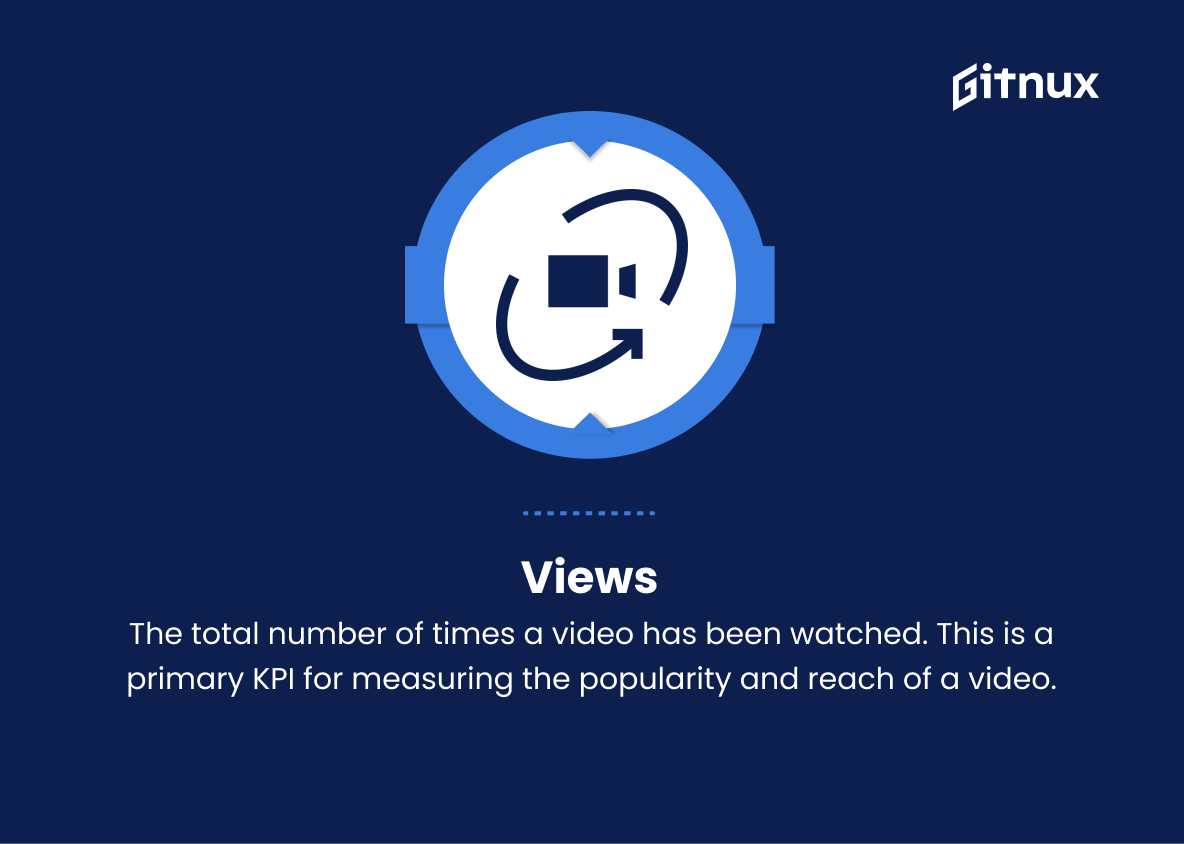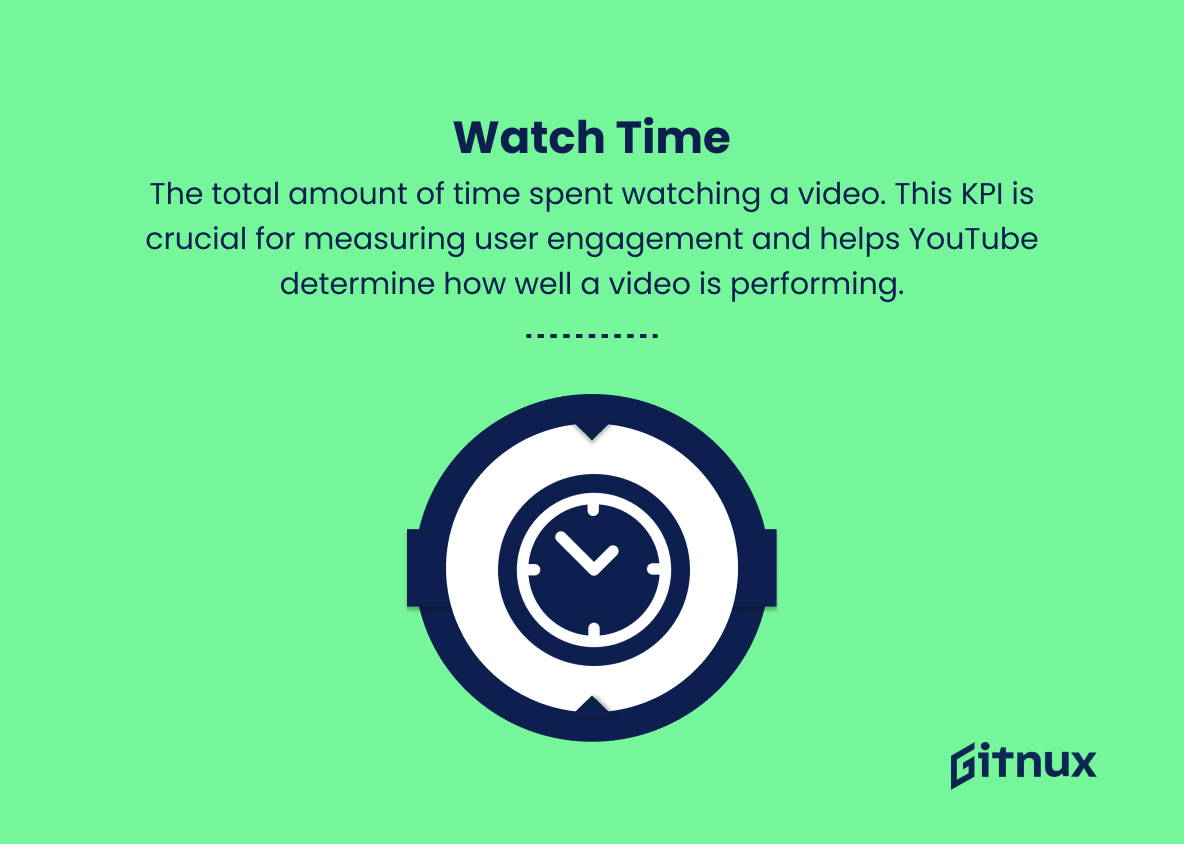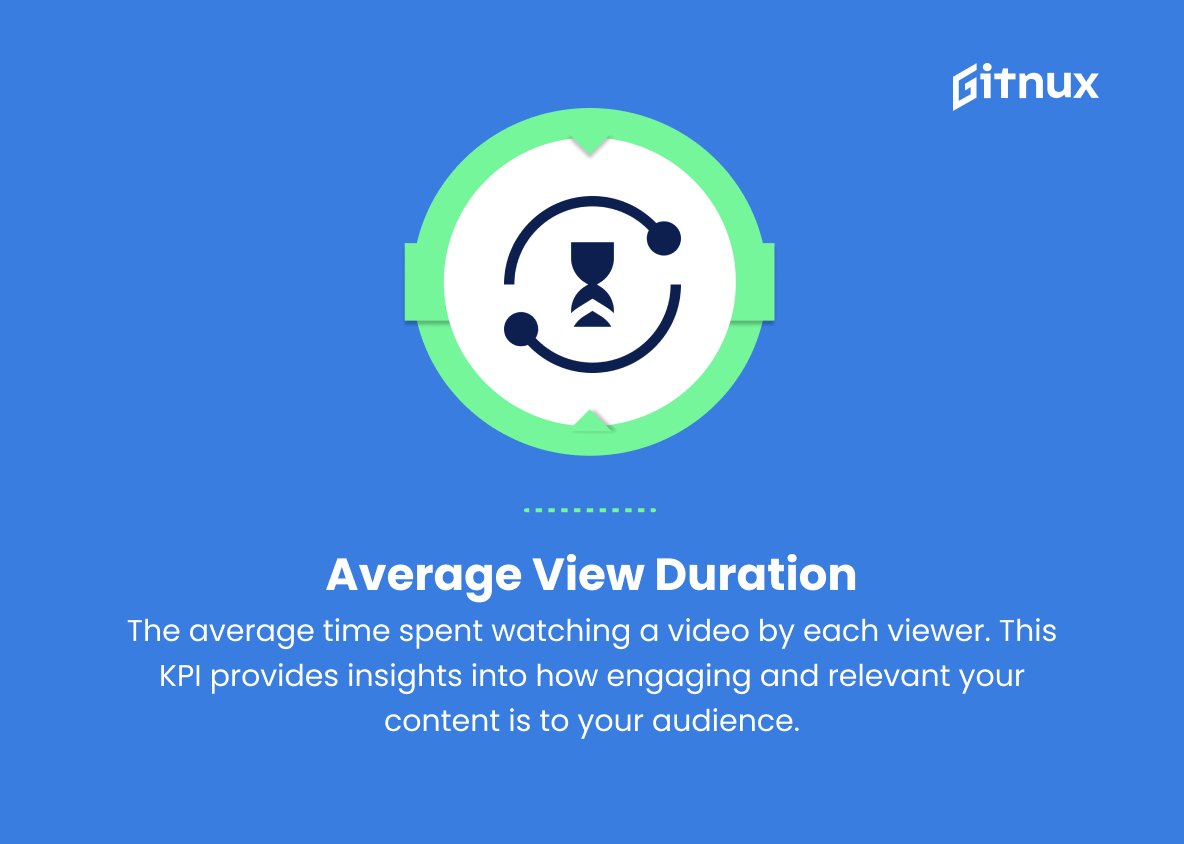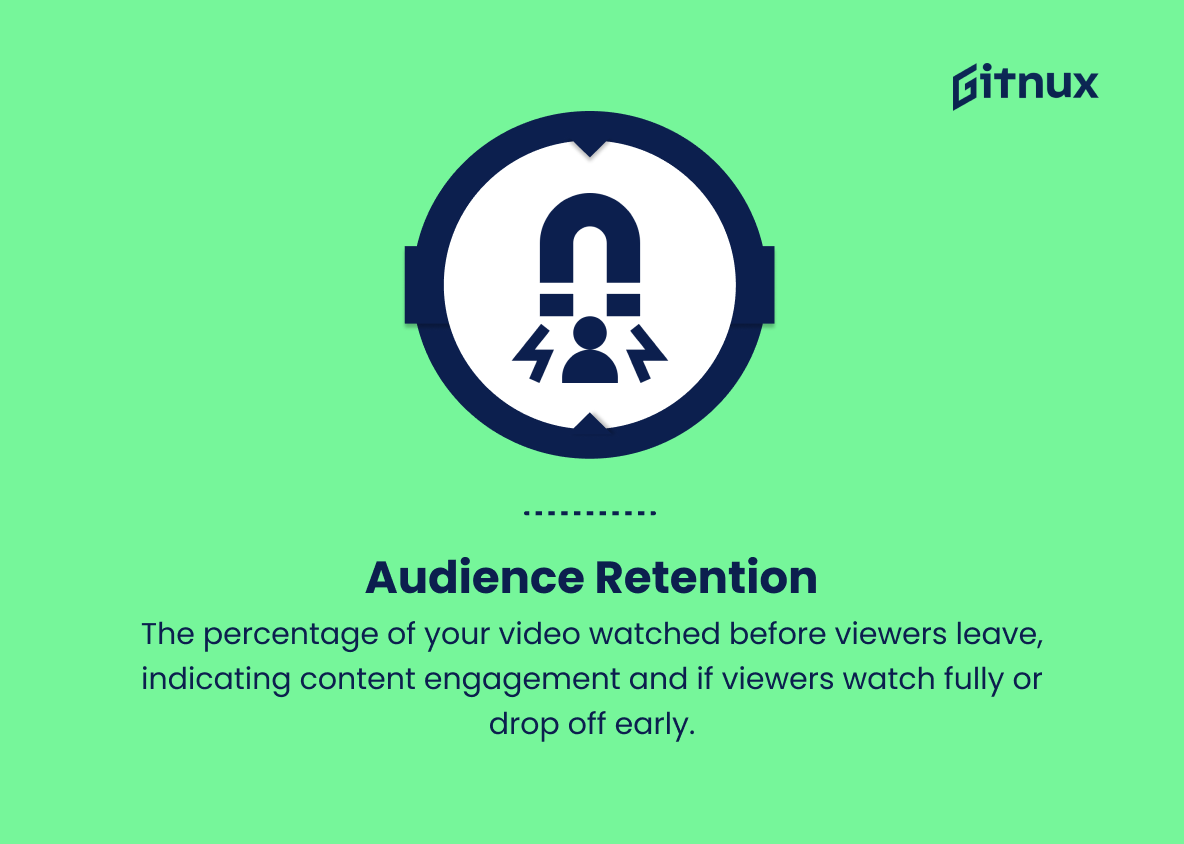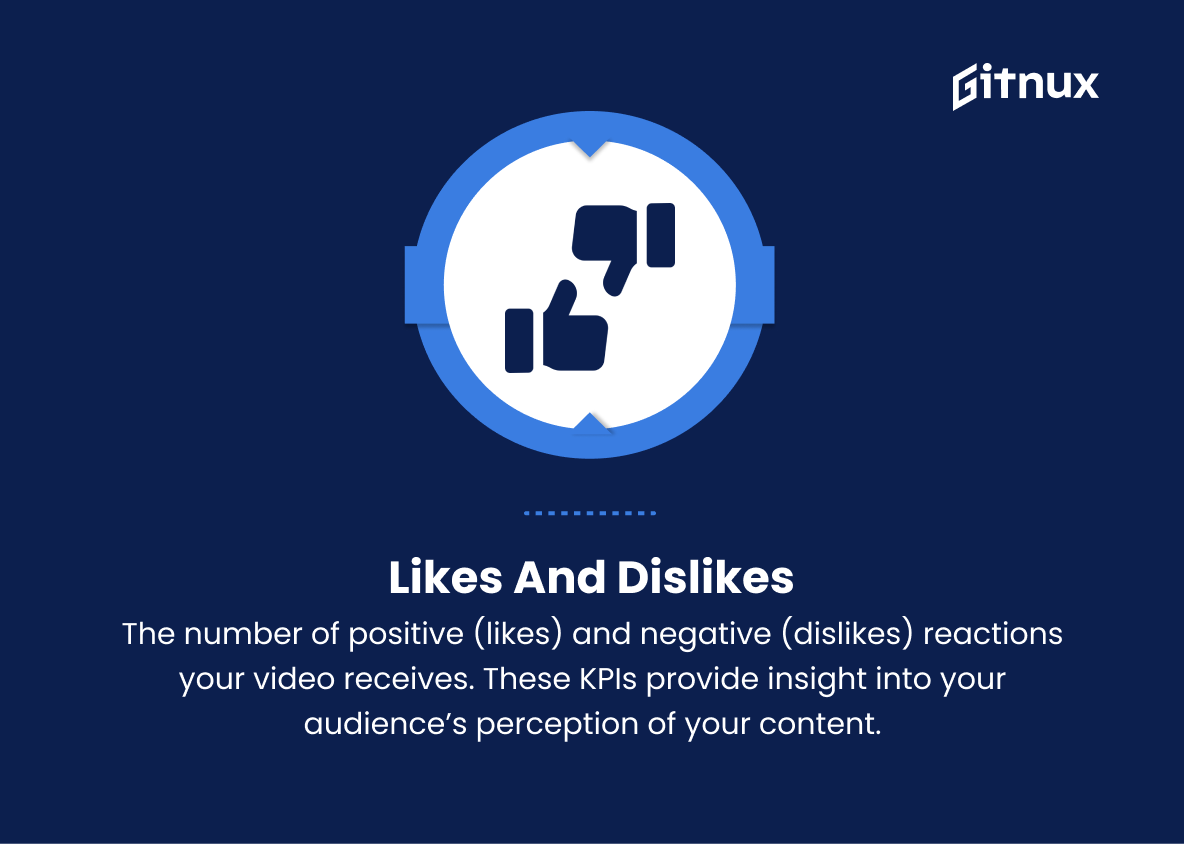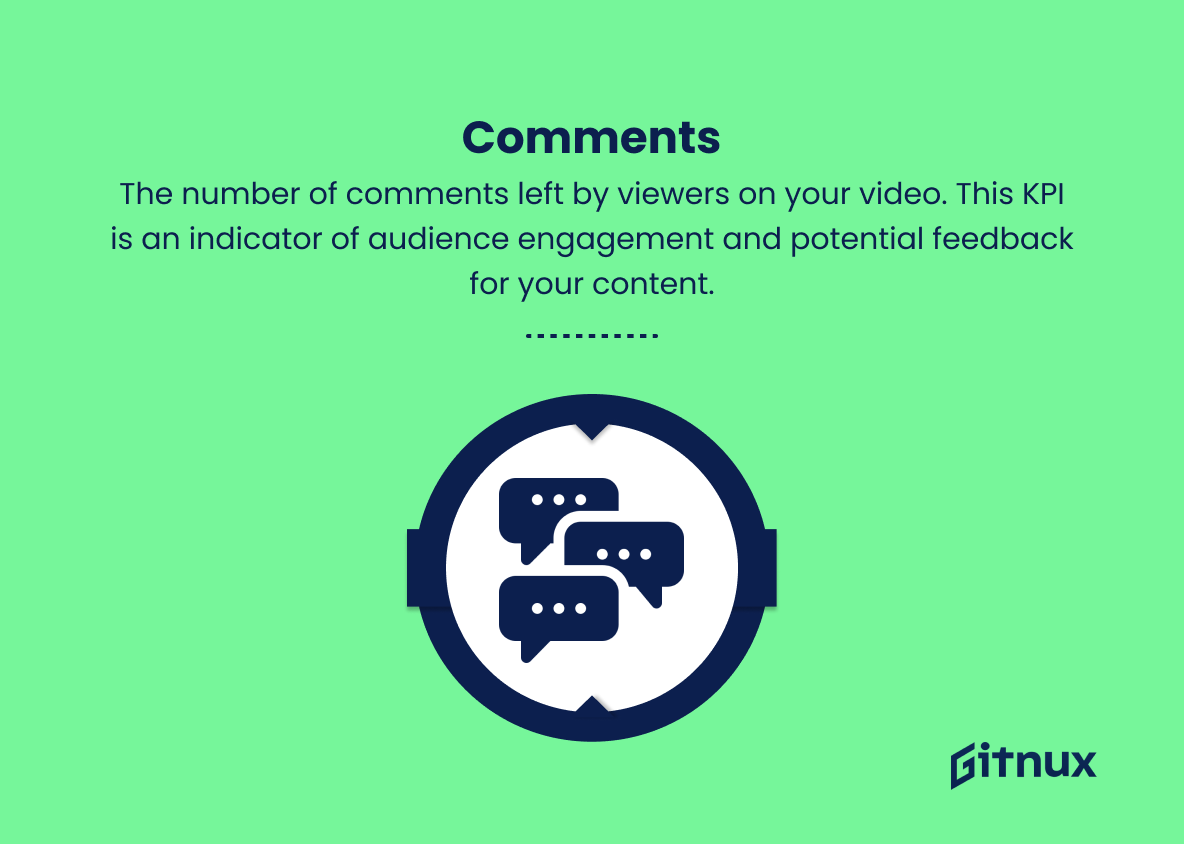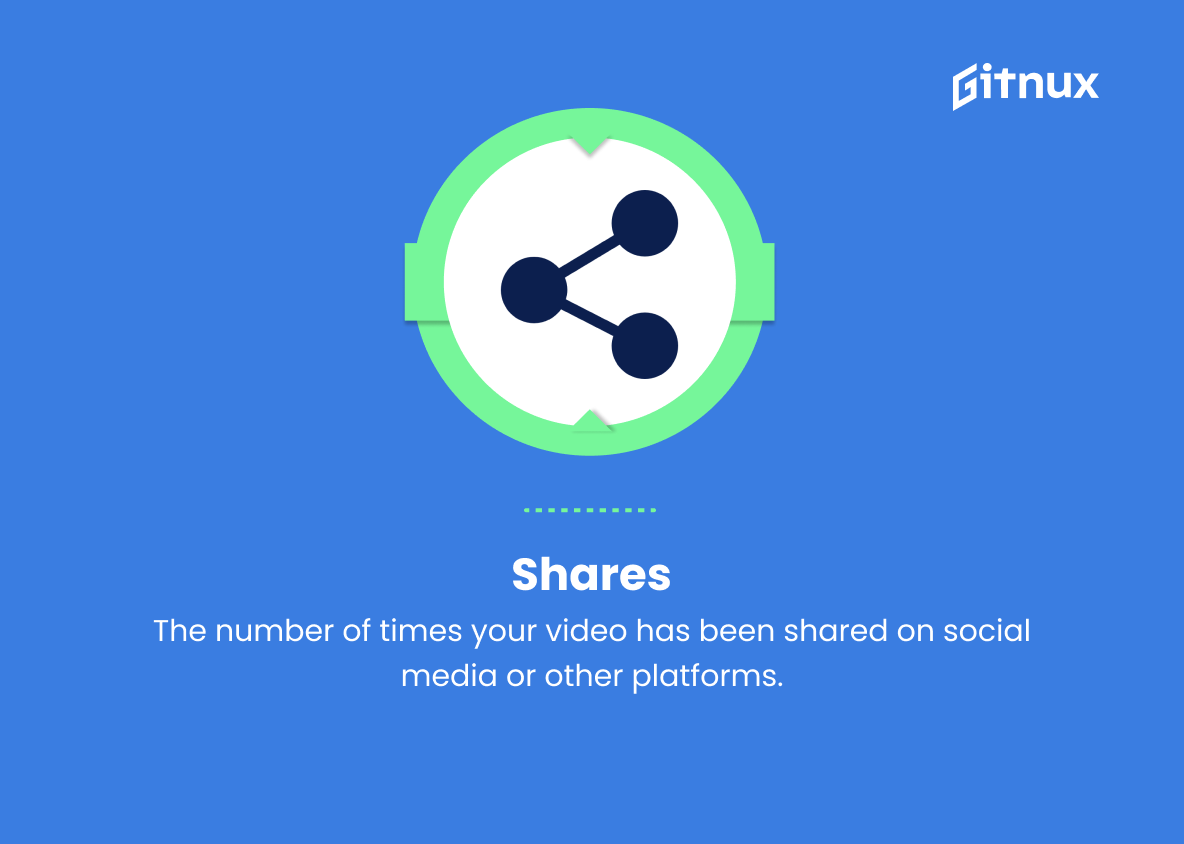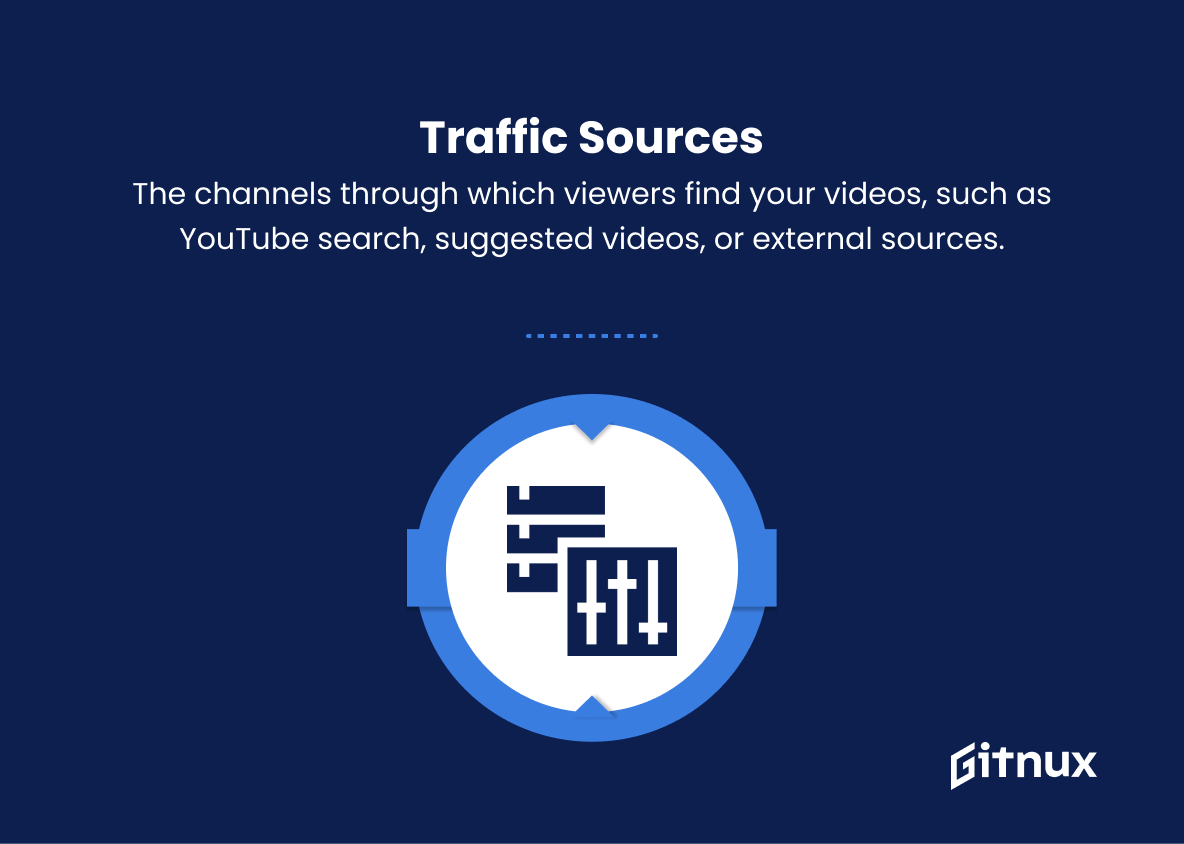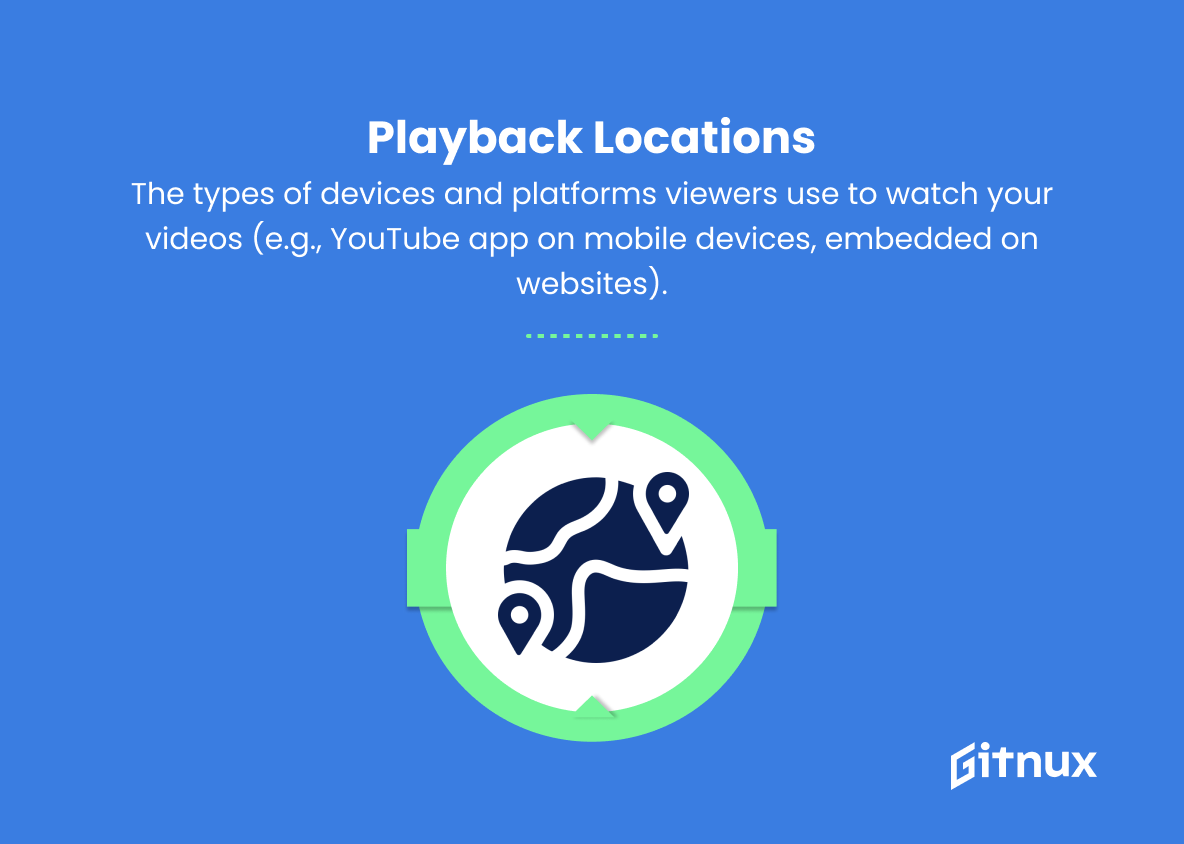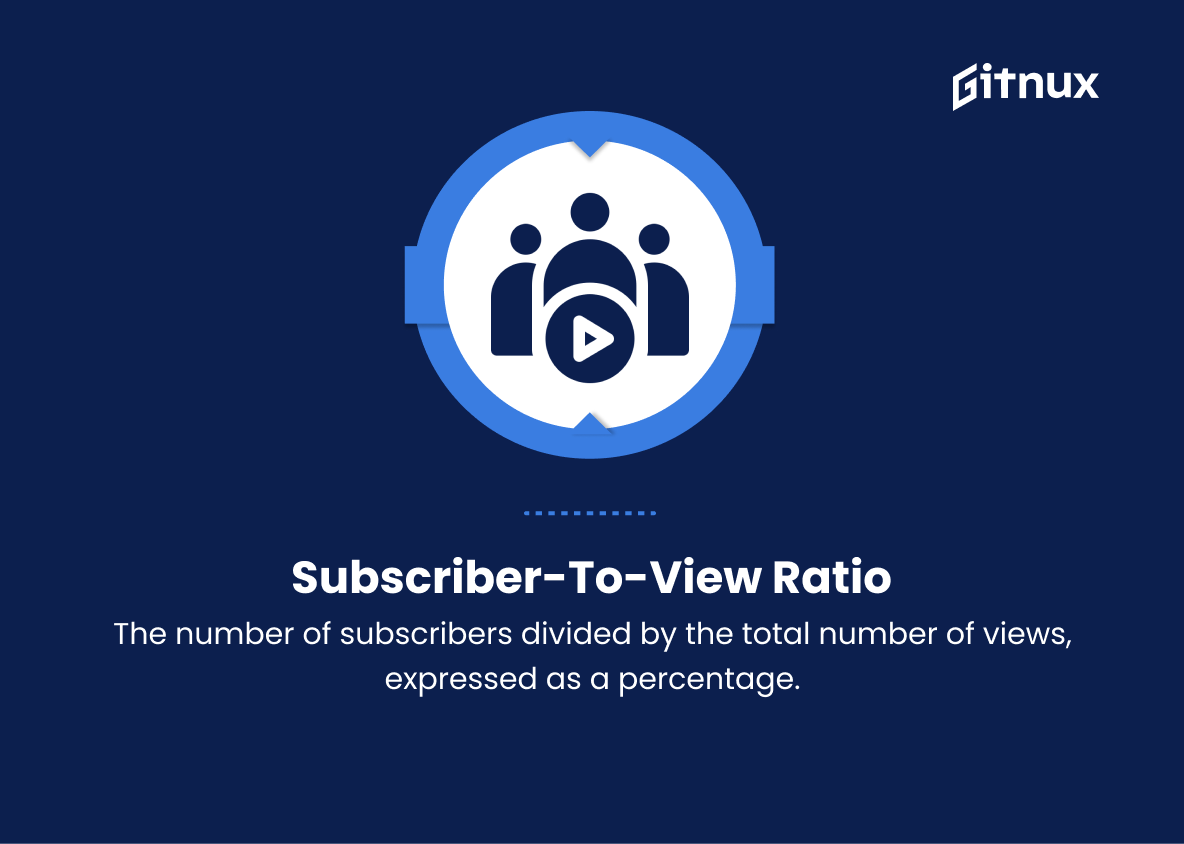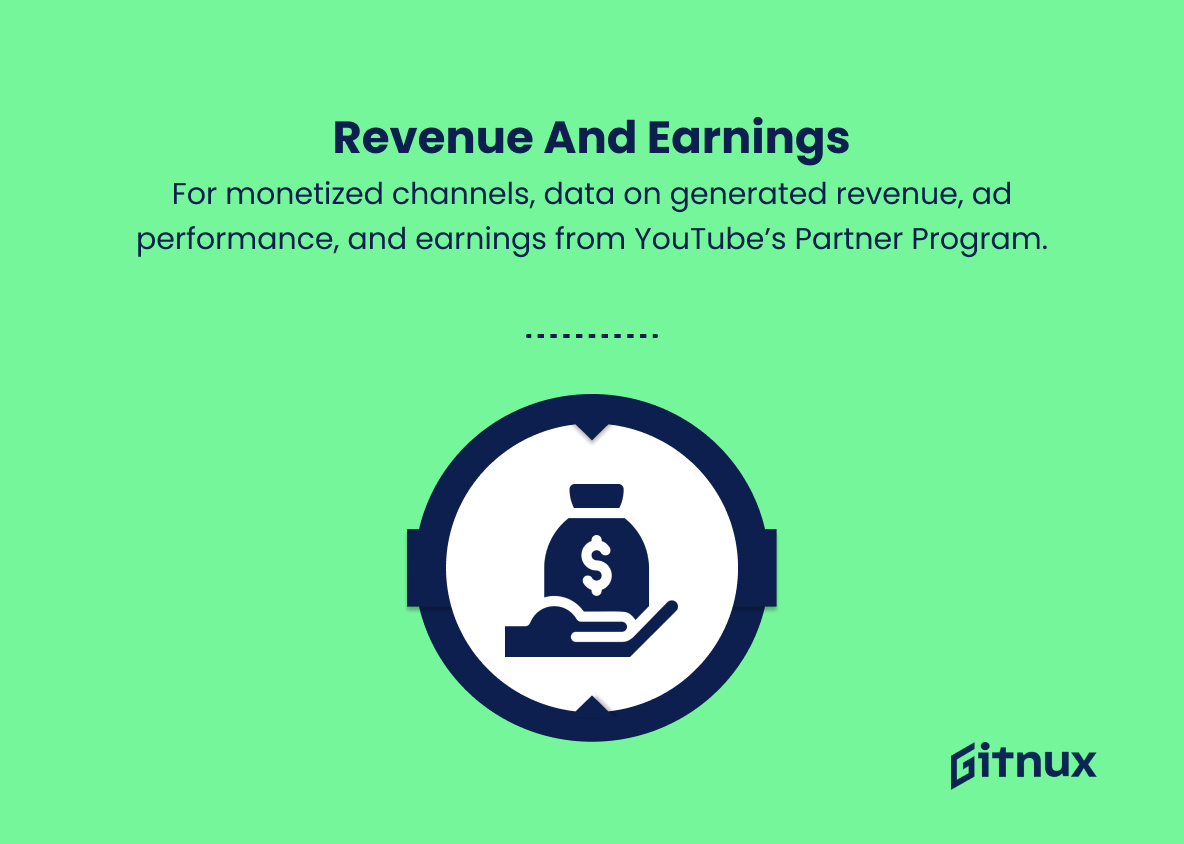In today’s fast-paced digital ecosystem, YouTube has become more than just a platform for sharing funny cat videos or makeup tutorials. It has evolved into a powerful tool for businesses and content creators to engage audiences, build brand awareness, and drive growth. To measure the success of your YouTube strategy and make data-driven decisions, it’s important to understand the key performance indicators (KPIs) that align with your goals.
In this in-depth blog post, we will delve into the world of YouTube KPIs, discussing the most important metrics to track, what they mean, and how you can use them to optimize your channel’s performance and gain a competitive edge. So buckle up and get ready to up your YouTube analytics game.
YouTube KPIs You Should Know
1. Views
The total number of times a video has been watched. This is a primary KPI for measuring the popularity and reach of a video.
2. Watch Time
The total amount of time spent watching a video. This KPI is crucial for measuring user engagement and helps YouTube determine how well a video is performing.
3. Average View Duration
The average time spent watching a video by each viewer. This KPI provides insights into how engaging and relevant your content is to your audience.
In today’s fast-paced digital ecosystem, YouTube has become more than just a platform for sharing funny cat videos or makeup tutorials.4. Subscriber Growth
The total number of new subscribers gained over a specific period. This KPI showcases the growth of your audience and measures the effectiveness of your channel’s content and marketing efforts.
5. Audience Retention
The percentage of your video that viewers watch before leaving. This KPI shows how engaging your content is and whether viewers are watching your videos to the end or dropping off early.
6. Click-Through Rate (CTR)
The ratio of clicks on a video’s thumbnail to the number of impressions (times the thumbnail was shown). A higher CTR indicates that your thumbnails are effective at attracting viewers.
7. Likes and Dislikes
The number of positive (likes) and negative (dislikes) reactions your video receives. These KPIs provide insight into your audience’s perception of your content.
8. Comments
The number of comments left by viewers on your video. This KPI is an indicator of audience engagement and potential feedback for your content.
9. Shares
The number of times your video has been shared on social media or other platforms. This KPI measures the virality of your content and its potential for reaching a wider audience.
10. Traffic Sources
The channels through which viewers find your videos, such as YouTube search, suggested videos, or external sources. Understanding traffic sources can help you optimize your content and marketing strategies.
11. Demographics
Viewer data including age, gender, and location, which can help you tailor content to better serve your target audience.
By monitoring and analyzing these KPIs, you can optimize your content and marketing strategies to better serve your target audience, increase user engagement, and enhance the overall success and revenue generation from your YouTube channel.12. Playback Locations
The types of devices and platforms viewers use to watch your videos (e.g., YouTube app on mobile devices, embedded on websites). Monitoring playback locations can inform your content production and marketing strategies.
13. Subscriber-to-View Ratio
The number of subscribers divided by the total number of views, expressed as a percentage. This KPI reveals how effectively your channel converts viewers into subscribers.
14. Revenue and Earnings
For monetized channels, data on generated revenue, ad performance, and earnings from YouTube’s Partner Program. This KPI measures the financial success of your content on YouTube.
YouTube KPIs Explained
YouTube KPIs such as views, watch time, average watch time, subscriber growth, viewer retention, click-through rate, likes and dislikes, comments, shares, traffic sources, demographics, playback locations, subscriber-to-view ratio, and revenue and earnings all play a critical role in understanding your channel’s performance, audience engagement, and the effectiveness of your content and marketing efforts.
These KPIs provide valuable insight into your audience preferences, the virality of your content, growth opportunities, and areas for improvement. By monitoring and analyzing these KPIs, you can optimize your content and marketing strategies to better serve your audience, increase user engagement, and improve the overall success and revenue generation of your YouTube channel.
Conclusion
In summary, understanding and effectively tracking YouTube KPIs is essential for any content creator or marketer looking to harness the power of this popular video platform. By closely monitoring watch time, viewer retention, engagement, subscriber growth, and other relevant metrics, you can gain valuable insight into the performance of your content and its impact on your audience.
This information will help you make informed decisions about how to create, customize, and promote your video content, ultimately leading to a stronger YouTube presence and success. Remember, success on YouTube is not just about views or likes, it is about building a loyal and engaged community around your content. So stay focused on your goals, continually refine your approach based on KPIs, and watch your YouTube channel flourish.
